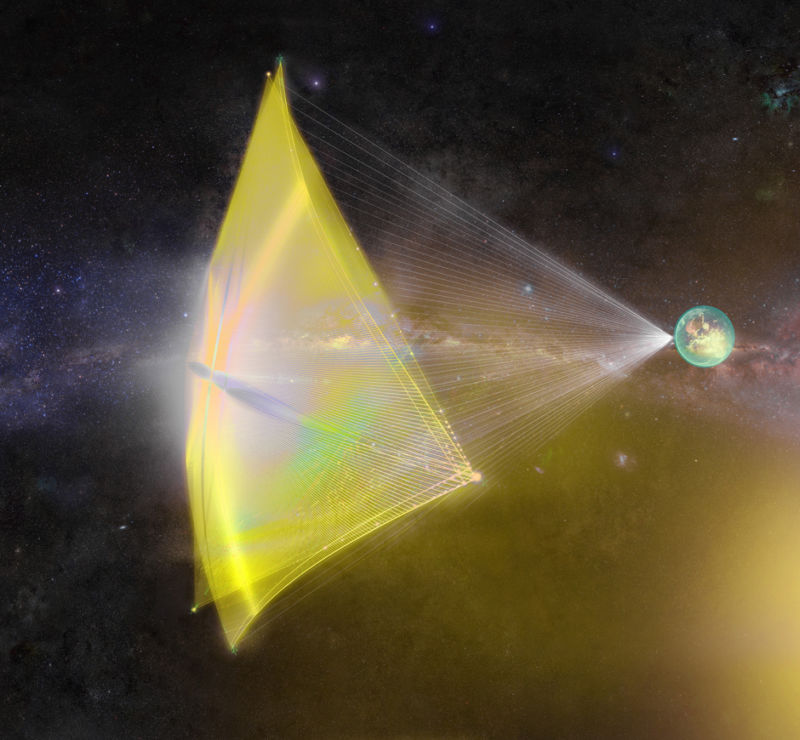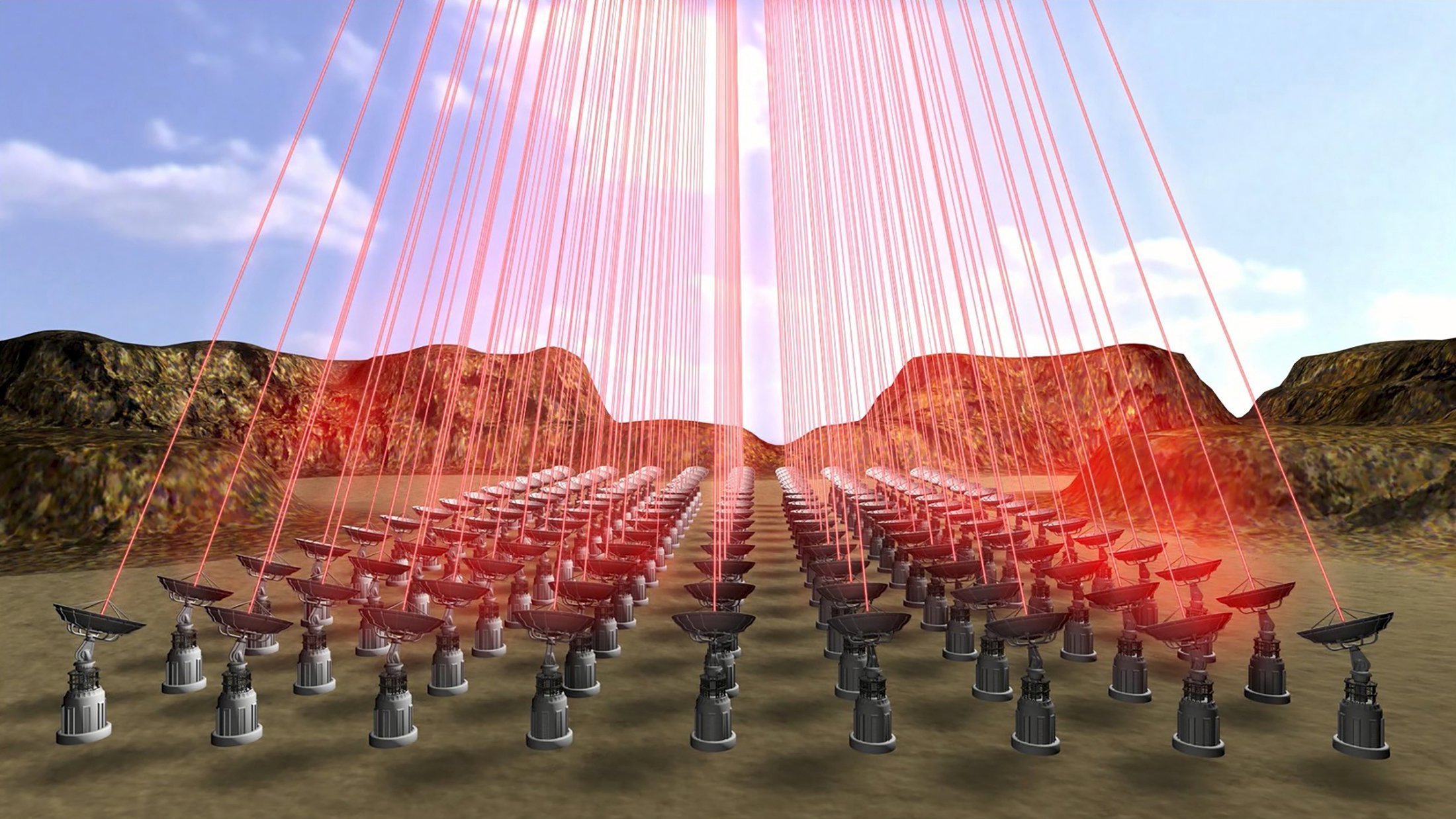Light sail for the flight to Alpha Centauri - what should it be?

Two years have passed since the announcement of the project to develop the flight of automatic stations (or stations) to Alpha Centauri, which was called Starshot. The authors of the idea are Stephen Hawking and Yuri Milner. Unfortunately, Hawking is no longer with us, but his ideas continue to live, including the plan of sending the robot to a nearby star. It is worth recalling that at the moment the level of technology development does not allow a person to realize this project - the calculation is made that by the middle of the century the necessary tools will appear, and the first envoys of mankind will fly to Alpha Centauria, let them be electronic-mechanical.
The project itself is not yet worth discussing, since there are too many different nuances here, you can write a whole book on this subject, and not just one. But one aspect is worth talking about - the light sail. The whole calculation is based on the fact that the device will accelerate to high speeds due to the powerful laser beams directed to the sail from the back side of the Earth. A great result in this case will be a set of speed equal to 20% of the speed of light. Otherwise, there is no point in such a mission - no one will remember the project itself by the time the results appear (perhaps humanity will cease to exist).
Sails of this kind are not new. They have been repeatedly described as science fiction and scientists. Moreover, the sail was tested on the example of the IKAROS apparatus. The latter reached a speed of 400 m / s. True, the Starshot speed should be much higher - about 60 000 km / s. Compared to Starshot, IKAROS doesn’t care that the turtle is compared to Achilles (who of them will come to the finish line first will not be discussed now).
At the same time the sail has a number of limitations . Its area should be not less and not more than 10 square meters, and the weight at the same time can not exceed one gram. And one more thing - the material should not be transparent, so that the laser beams do not pass through it, but put pressure. The thickness of the sail, therefore, will be about 100 atoms. Material that is suitable for strength and some other characteristics - graphene. But it will be transparent if it is “rolled out” to a thickness of 100 atoms. So it can serve as a structural element, but no more. What to use additionally is an open question.
The good news is that when meeting the sail with molecules of interstellar matter - and this is often hydrogen and helium, they will simply pass through the material without damaging it. Dust is another problem, but according to scientists, by the end of the journey, the dust will damage no more than 0.1% of the total sail area. And the dust will collide with the sail in most cases after the device picks up the necessary speed. After the sail does not play such an important role.
Another technical problem is the lasers themselves. Their characteristics should be such that the rays are not absorbed by the atmosphere, most of the beam must reach the sail and push it forward. The wavelength of the light beam in this case will be 1-2 micrometers. Gold or silver, if you cover them with a sail, is quite capable of reflecting laser beams and accelerating the sail. But not everything is so simple, because the laser beams should not be too powerful so as not to destroy the sail material. This material can not absorb too much of the laser energy, due to the above reasons, and at the same time have a well-defined albedo.

Scientists plan to create a microstructure on the inside of the sail, which can effectively distribute the energy of the light beam so that acceleration goes faster. A lot depends on the structure, there is a possible large number of solutions of various kinds, including asperities, holes and combinations of these elements.
And here the problem is - neither gold nor silver is suitable. In general, now there are practically no materials that correspond to all the calculated parameters of the sail. Moreover, not all known compounds are known for the characteristics that sail designers need to know. Perhaps, in the future, a connection with the required characteristics will be found after the scientists conduct an additional study of existing materials that can be considered potentially suitable for Starshot.
Making a sail is a difficult job that requires microscopic tolerances (the microscope in this case is electronic, not optical). The slightest mistake, and the sail instead of acceleration will pull its cargo in different directions, just like the heroes of Krylov's fable tried to cope with the cart.
Whatever it was, but humanity is not yet able to proceed with the implementation of this interesting project, so it will have to wait.
DOI: 10.1038 / s41563-018-0075-8
All Articles